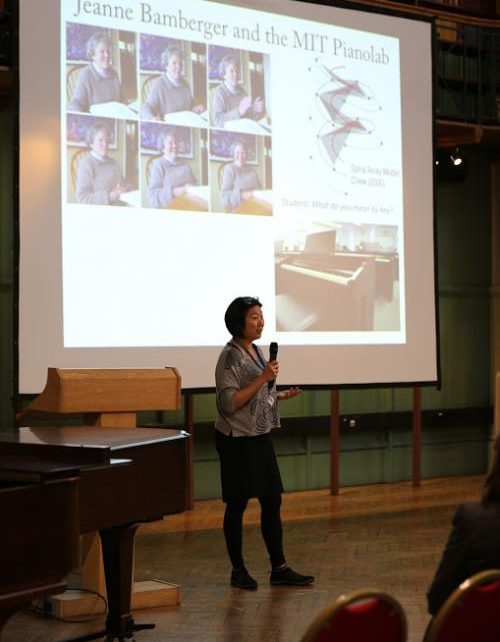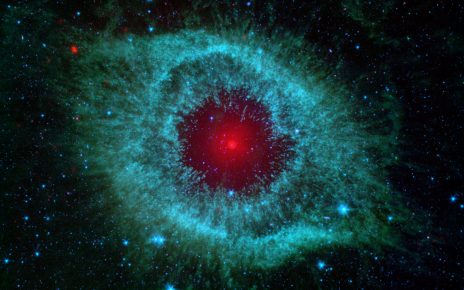Musical Structures, Performances, and Arrhythmias
Date/Time: Thursday, 21 November 2019, 5:30pm
Location: MIT Room 4-270
Street address: 182 Memorial Drive, Cambridge MA 02139, USA
Abstract
Musical performance is widely regarded to be one of the most breathtaking feats of human intelligence, but the nature of this creative act remains illusive and studies on expressive performance still lag behind those on composition and improvisation. However, with the advent of music in digital format, unprecedented computational prowess, and algorithmic development, it is now possible to probe scientifically and to mathematically model the creative work of performance.
Treating performance as a problem-solving task, a job of the performer is to find plausible units of coherence in the music at multiple time scales, and to exercise strategies to communicate convincingly such an analysis to the listener so as to influence the reception and parsing of the music. Over a series of studies, we show how computer analysis of performed music can reveal the shape and form of musical structures thus molded and projected in performance. By superimposing performed structures and score-based information, we show not only how these structures are made but also why, thereby enabling more nuanced understanding of the decisions that make for good, and perhaps great, performances.
Similarities between music and the human heartbeat has long been noted, but mainly in reference to normal heart rhythms. We show how abnormal heart rhythms exhibit behaviors akin to the variations introduced during performance, thereby opening the door to applying a host of analytical techniques hitherto reserved for music to cardiac arrhythmias. The novel musical view and description of abnormal heart signals has potential for facilitating personalized treatment and diagnoses. Finally, in a study with heart patients with biventricular pacemakers, we demonstrate that brain responses to structurally salient events in live music performance can have direct impact on cardiac electrophysiology.
Biosketch
Elaine Chew is Principal Investigator of a European Research Council Advanced Grant Project COSMOS: Computational Shaping and Modeling of Musical Structures hosted by the Centre National de la Recherche Scientifique (CNRS) at the Sciences et Technologies de la Musique et du Son (STMS) joint research laboratory located at the Insitut de Recherche Coordination Acoustique/Musique (IRCAM) in Paris, France. She is also past recipient of a PECASE and an NSF CAREER Award, and fellowships at Harvard’s Radcliffe Institute for Advanced Study. She is an alum (Fellow) of the NAS Kavli Frontiers of Science Symposia and NAE Frontiers of Engineering Symposia for outstanding young scientists and engineers.
Her research centers on the mathematical modeling and computational analysis of music structures, with recent applications to cardiac signal analysis. She is author of numerous research papers and a recent monograph on Mathematical and Computational Modeling of Tonality, the first volume on music in the Springer International ORMS Series. Her research has been supported by the ERC, EPSRC, AHRC, and NSF, and featured on BBC World Service/Radio 3, Smithsonian Magazine, Philadelphia Inquirer, Wired Blog, MIT Technology Review, The Telegraph, etc. She is centre of one of 9 publication clusters having ≥ 5 women in the international music information retrieval community (2016 ISMIR infometric study).
She received PhD and SM degrees from the MIT Operations Research Center, a BAS in Mathematical and Computational Sciences (honors) and Music Performance (distinction) from Stanford, and FTCL and LTCL diplomas in piano performance from Trinity College, London. She has served as Professor of Digital Media in Queen Mary University of London’s School of Electronic Engineering and Computer Science and tenured Associate Professor at the University of Southern California where she held the inaugural Viterbi Early Career Chair and joint appointments in the Viterbi School of Engineering and Thornton School of Music (courtesy). She has been Visiting Faculty at Harvard and Lehigh, Affiliated Artist at MIT, and served on the Visiting/Scientific Committees of IRCAM, Georgia Tech’s School of Music, and MIT’s Music and Theatre Arts.




